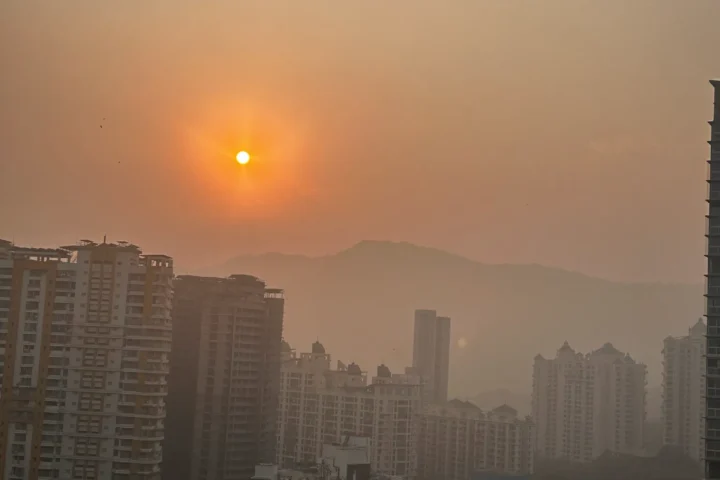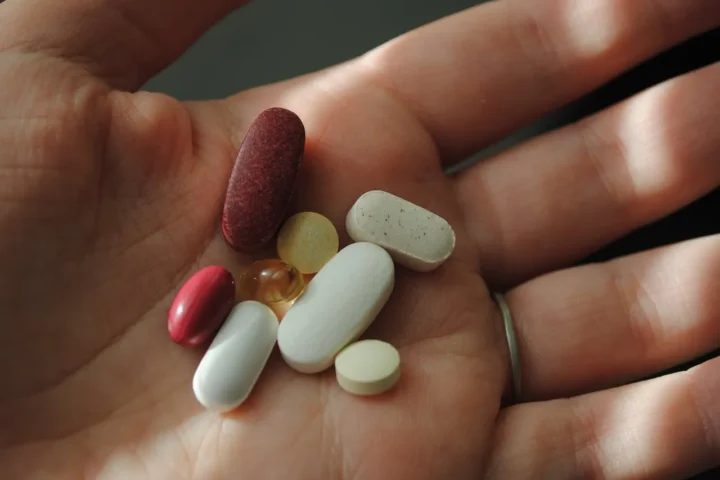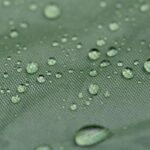Our life is full of complexities. It depends on many factors. One of them is chemicals we use in our daily life. Some chemicals are toxic. That is why the EU (European Union) has planned to ban the use of PFAS (Per- and Polyfluoroalkyl). This plan has drastic effects on health technology.
Researchers at the Fraunhofer IFAM have set themselves the task of support companies in their efforts to replace these PFAS. Head of the Surface Technology division at the Institute, Dr Ralph Wilkes is an expert on PFAS. He knew he wanted to find alternatives, long before the toxic substances started attracting negative attention. Wilkes notes, “We have now been using organosilicon chemistry for more than two decades to find effective substitutes for a broad spectrum of positive properties of PFAS.”
Right now, the solutions that Wilken and his colleagues have developed are being introduced in sectors such as the food industry. They meet the standards required for use in medical technology. They are biocompatible and therefore both tolerated by the body and inert, that is, they do not or barely react with other substances.
One key point when it comes to replacing PFAS with no loss of functionality is making sure the solution is customized for the specific use case. Head of the Medical Technology and Life Sciences business unit at Fraunhofer IFAM, Dr Karl Borcherding explains, “We can analyze the component that needs to be replaced in detail, thereby zeroing in on a substitute that exactly matches the desired properties.” He adds, “At the same time, we can provide our partners with in-depth support in the form of proven processes, our knowledge of surfaces and functional materials, and our experience with which materials can be replaced effectively and how. It doesn’t take long to get to a result that customers can work with.”
Similar Posts
The solutions of experts are going to be presented at the COMPAMED 2024 trade show from November 11 to 14. On display will be the innovative coating solutions, the Release PLAS plasma polymer functional release coating, which enables release agent-free production of PLASLON non-stick coating, and solutions for functionalization of surfaces such as silicone modified by vacuum ultraviolet (VUV) radiation.

The proposed ban on PFAS in the EU is having a drastic effect on health technology. A team at the Fraunhofer Institute for Manufacturing Technology and Advanced Materials (IFAM) has succeeded in developing solutions that hold great promise of targeted solutions for PFAS in fields including medical engineering. It is very hard to find a replacement for these toxic “forever chemicals,” which accumulate in the environment and do not break down over time. The replacement solutions are a pioneering effort of IFAM.


















